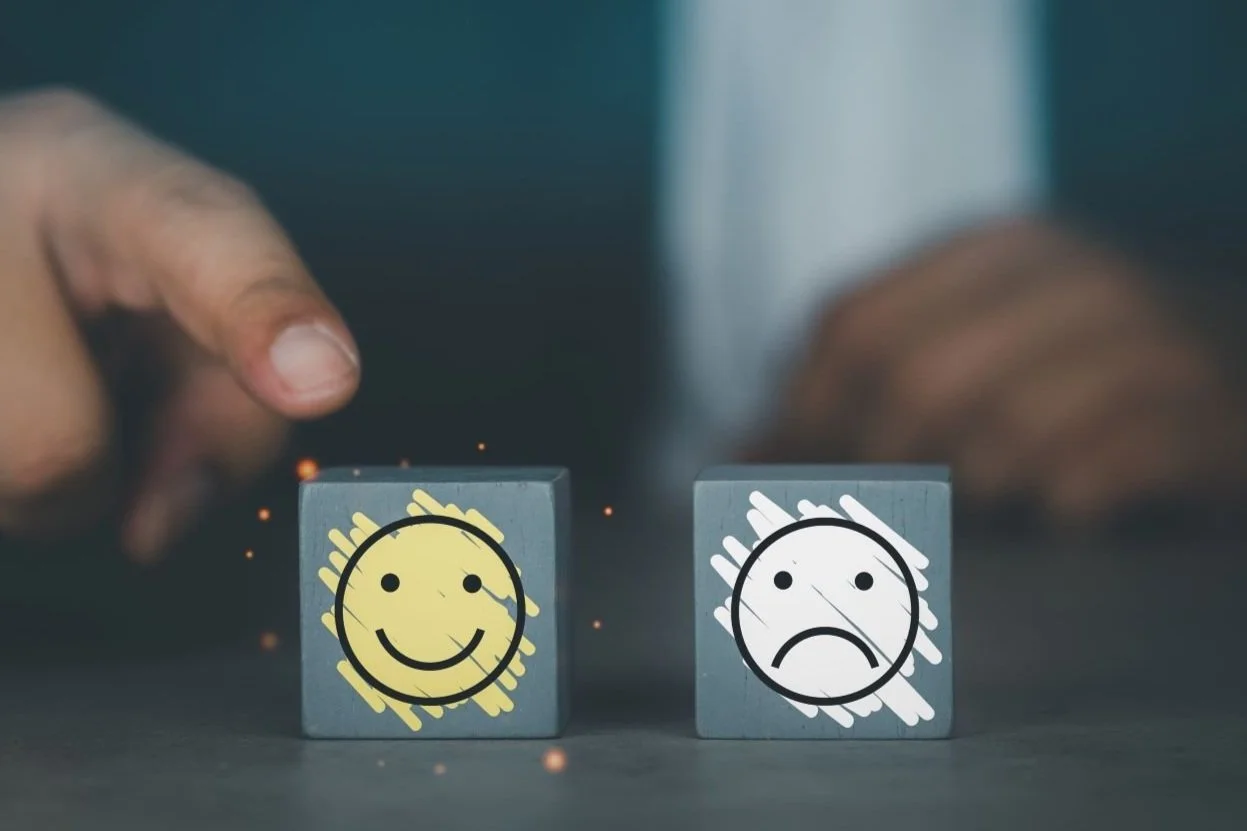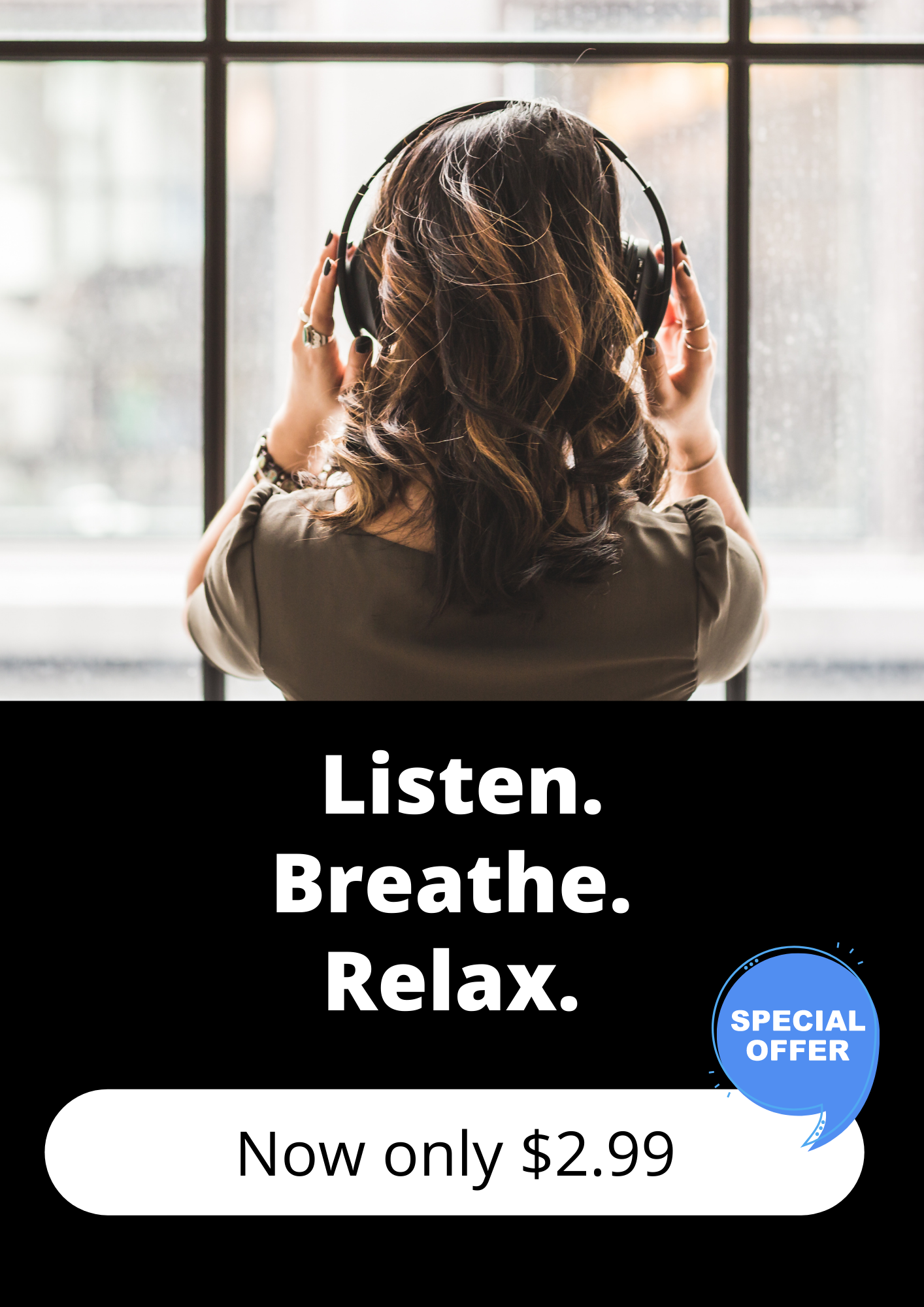In an overview of studies on happiness, Sonja Lyubomirsky found that we control at least 40% of our happiness through our focus and choices (Lyubomirsky, 2013). Matt Killingsworth, a leading researcher in the concept of happiness, studied over 650,000 real-time reports from over 15,000 people. He found that people are less happy when their minds are wandering and are happier when they are in the present moment (Killingsworth, 2011). We now know we can raise our happiness by cultivating positive emotions such as love, kindness, compassion, gratitude, hope, and inspiration.
Ways to Boost Your Happiness
Here are some science-based ways to boost your happiness and well-being. Take a look to see which ones have the most appeal to you.
Discover the Levelhead for Real Life app and boost positivity in just 3-5 minutes a day. READ MORE
Savor life's joys. Whenever you have one of those moments when you experience happiness and joy, take a picture in your mind of how you feel. Spend time with the feeling, enjoy it, call it up, and enjoy it again. This builds positive connections and creates more pathways for pleasure in the brain. Keep in mind that it is often the small things that mean the most.
Drop grudges. These may not be the big things that you are holding. Perhaps they are a lot of little things you have collected. Ask yourself, is it worth it to hold on to all that negative energy? What's to be gained? Who is being hurt? Forgiveness has been linked to greater life satisfaction. In contrast, holding grudges has been shown to compromise the immune system, leading to various health issues (McCullough, 2000).
Connect. Social relationships have a tremendous impact on your health and well-being. Social connection has repeatedly been found to create higher life satisfaction levels and overall well-being (Kok et al., 2013). Here are a few holiday ideas to jumpstart your thinking:
Share cookie or appetizer recipes among a group, then schedule times when each of you can make the shared recipes.
Find pictures of friends and family from previous holidays and send them out with a holiday message.
Shop for gifts for a family in need.
If there is an assisted living facility in your community, find out what the residents and staff might like to celebrate in the new year. Perhaps some residents do not have a family to celebrate with. Consider adopting them to celebrate with you and your family.
Count your blessings. Research shows that counting your blessings leads to better health and overall life satisfaction (Emmons et al., 2003). Engage your family in this activity by decorating a container and asking everyone in your household to write down something they are grateful for each day. Then on New Year's Day, read them out loud.
Give thanks. Our daily lives are full of people who support us in many ways. Make a list of people you would like to thank. It may be the grocery store staff who always greet us with a smile, or the delivery people who ensure that our packages are out of sight and protected from the weather. While all these people deserve our gratitude, those that are closest to us are the ones we may take for granted. Your expression of gratitude doesn't have to be in the form of something tangible. Most people would appreciate a simple, heartfelt message from you more than anything you can purchase.
Minimize overthinking and negative thoughts. Identify what triggers periods of negative rumination, such as certain people, times of day, events, news, or social media. You might replace negative rumination with a productive distraction like a hobby or exercise. Focusing on the positive helps create the neural pathways we desire.
Service to others. Help a neighbor, volunteer, or do anything that allows you to connect to others and make a meaningful impact. Studies show we are happy when connected and of service (Binder and Coad, 2013).
Smile. Even though you might not feel like smiling, it is worth the effort. Researchers found that just moving the muscles to form a smile was enough to stimulate the amygdala, which is the brain's emotional center (Marmolejo-Ramos, 2020). What's groundbreaking about this study is that the researchers found that the release of the neurotransmitters that facilitate a positive mood occurs even when the smile is contrived or faked. And guess what—others will smile back, creating a wonderful upward spiral of happiness.
I hope this holiday season is when you intentionally choose to be happy and embrace the joy of everyday gifts.
References
Binder, M., & Coad, A. (2013). Life satisfaction and self-employment: a matching approach. Small Business Economics, 40(4), 1009-1033.
Emmons, R. A., McCullough, M. E., & Tsang, J. A. (2003). The Assessment of Gratitude.
Killingsworth, Matt (2011). TED Talk
Kok, B. E., Coffey, K. A., Cohn, M. A., Catalino, L. I., Vacharkulksemsuk, T., Algoe, S. B., ... & Fredrickson, B. L. (2013). How positive emotions build physical health: Perceived positive social connections account for the upward spiral between positive emotions and vagal tone. Psychological Science, 24(7), 1123-1132.
Lyubomirsky, S., & Layous, K. (2013). How do simple positive activities increase well-being? Current Directions in Psychological Science, 22(1), 57-62.
McCullough, M. E. (2000). Forgiveness as human strength: Theory, measurement, and links to well-being. Journal of Social and Clinical Psychology, 19(1), 43-55.
Marmolejo-Ramos, F., Murata, A., Sasaki, K., Yamada, Y., Ikeda, A., Hinojosa, J. A., … Ospina, R. (2020, February 4). Your face and moves seem happier when I smile. Facial action influences the perception of emotional faces and biological motion stimuli. https://doi.org/10.31234/osf.io/4uvdq.



